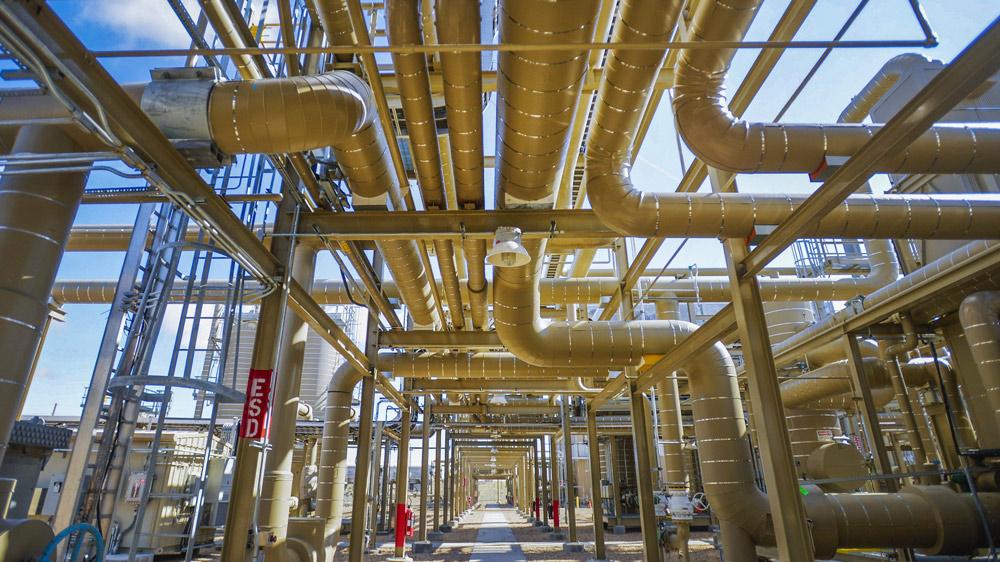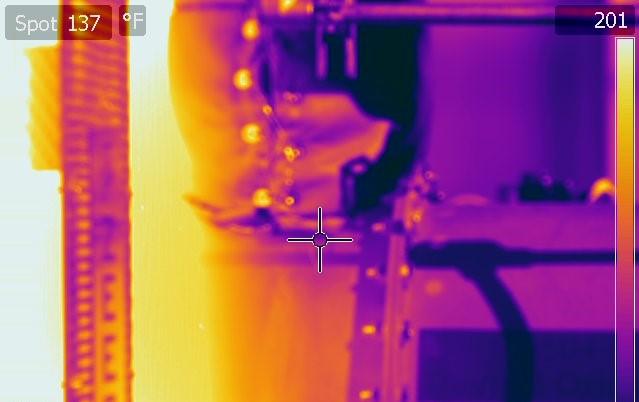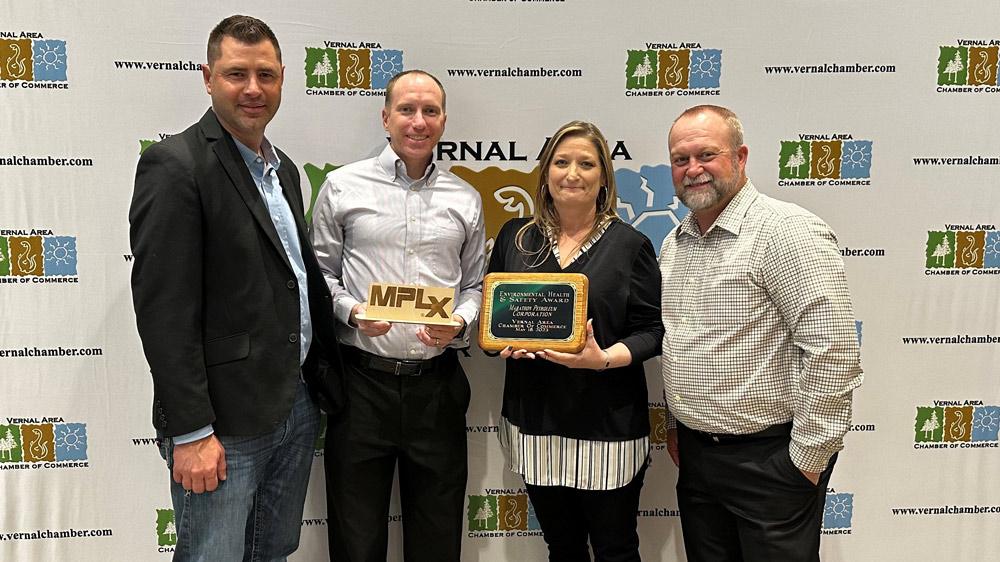Seeing the Invisible: Emissions Reduction in Utah Earns Second Award for MPLX
- Community leaders in northeastern Utah have honored an emissions reduction program of Marathon Petroleum’s midstream segment, MPLX, that targets leak emissions of methane.
- The Vernal Area Chamber of Commerce recognized the proactive program, which goes beyond federal regulatory requirements for natural gas gathering and processing facilities.
- The program has steadily lowered the need for leak repairs over the past three years.
Business and community leaders in northeastern Utah are praising Marathon Petroleum’s midstream segment, MPLX, for limiting leak emissions of methane in the state’s Uinta Basin. MPLX’s Natural Gas Gathering and Processing (G&P) component recently received an Environmental and Safety Award from the Vernal Area Chamber of Commerce in recognition of a proactive leak detection and repair (LDAR) program that goes beyond federal regulatory requirements.
Current federal regulations mandate an LDAR program only for certain compressor stations based upon their construction dates. G&P, however, regularly monitors for leak emissions of methane in the basin at its Iron Horse gas processing complex and all five compressor stations (12 total compressors) that send raw natural gas to the complex. This robust LDAR program has been strengthened through a comprehensive leak detection consent decree recently signed with the U.S. Environmental Protection Agency. The decree involves making further enhancements to the program moving forward, to push the program toward achieving best-in-class LDAR monitoring and compliance.
“The amount of natural gas we are moving has dramatically increased in the past two years, but our leak numbers continue to drop,” said Senior Environmental Technician Megan Horrocks, who is responsible for quarterly LDAR surveys of all the facilities. “More than just repairing leaks, it’s about being proactive when starting up units that have not run for a while to check for leaks before they are running, and going the extra mile to ensure leaks in other equipment do not develop in the first place.”
Finding the unseen
All potential leak indications via sight, sound or smell are checked out. Methane is a colorless and odorless component of natural gas, so pinpointing it requires Horrocks to use a thermal-imaging camera that detects 19 different gases emitting infrared waves the human eye can’t see.
Since the LDAR program began three years ago, the need for leak repairs beyond federal monitoring requirements has steadily declined. The chamber of commerce award follows recognition two years ago from Utah’s Department of Natural Resources for the program’s initial success in 2020.
The LDAR program is part of G&P’s broader Focus on Methane initiative to voluntarily lower methane emissions intensity across all operations 50% by 2025 and 75% by 2030 from 2016 levels.



